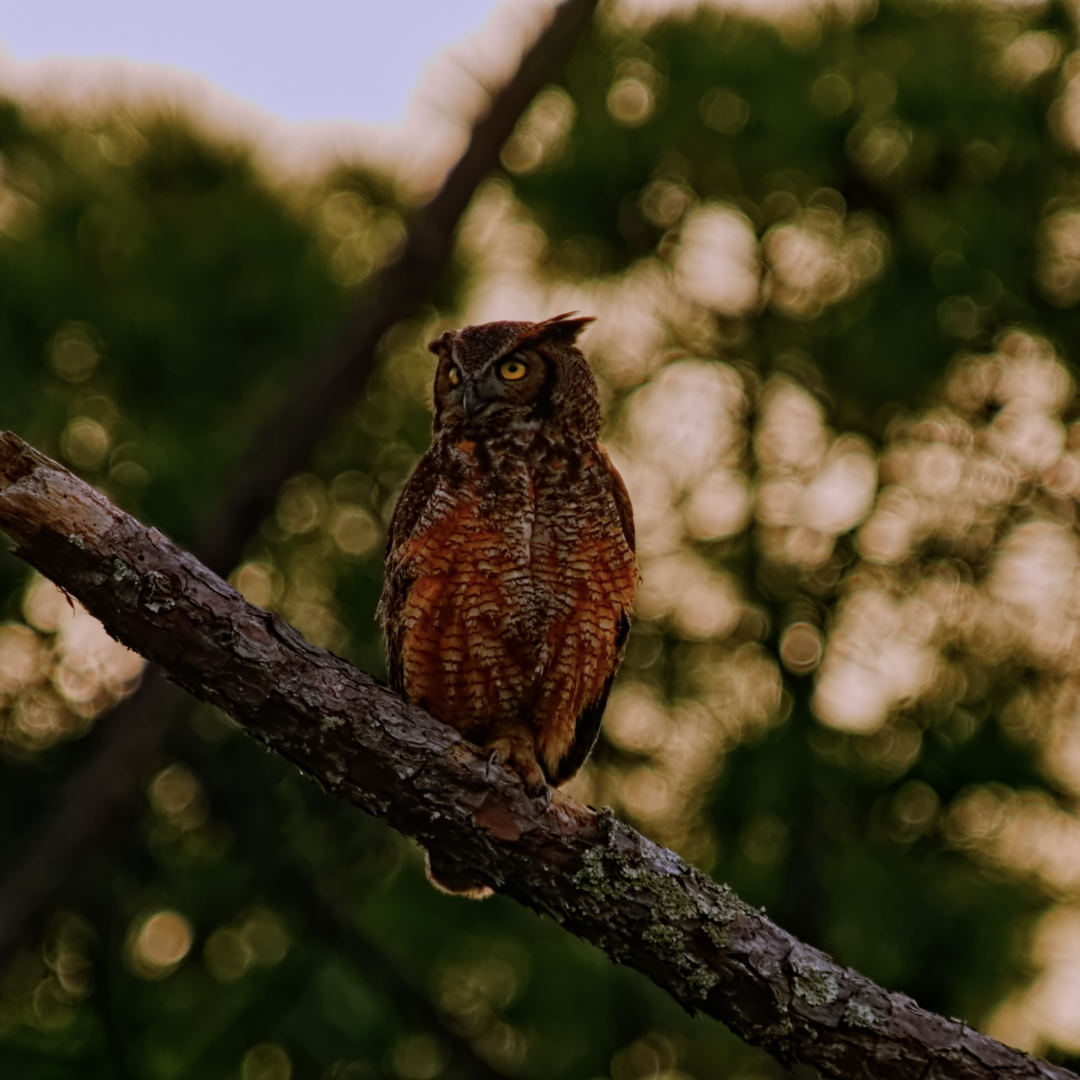Plume: John Hemingway A Way With Words
John Hemingway, author and grandson of Ernest, on writing, rum and returning to his childhood home in South Florida
John Hemingway has lived most of his adult life in Europe and, more recently, Canada, but he’s no stranger to Florida. He lived in Miami until his second year of high school. And lately he’s found himself returning to Key West, where his own father spent part of his childhood and where his famous grandfather is still an island icon more than 50 years after his death.

“A lot of my work has been based around childhood memories, things that I know about Miami,” says the writer and translator, who was recently in Key West for the opening of the Hemingway Rum Company’s new distillery and the Key West Mystery Fest, a writing conference.
“Every time I go down there, either to Miami or Key West, you get out of the airplane and the air hits you, and the memories flood you,” he says. “There’s the heat. The climate. The flatness of it all.”
John is the author of Strange Tribe: A Family Memoir. The book, published in 2007, is an account of the author’s time with his grandfather, Ernest, and his father, Gregory Hemingway. Gregory, Ernest’s youngest son, was a doctor who struggled with manic depression. A lifelong cross-dresser, he had sex reassignment surgery near the end of his life and died of a heart attack in a Miami women’s prison in 2001.
“I always thought my dad had sort of received a kind of bum deal in terms of the way his death had been treated and the way a lot of people thought about him while he was alive,” John says. “And how people weren’t equipped to separate Gregory Hemingway, the man and the woman he had become, from his father, Ernest Hemingway [and the Ernest Hemingway mythos], the war hero, great lover, macho guy and hunter, which is all true, to some extent.”

But after reading scholarly research on his grandfather’s work, the posthumously published The Garden of Eden, and many of Ernest Hemingway’s letters, John came to realize that father and son shared more than just DNA. Both were interested in gender-bending or, as John puts it, “the union between man and woman. Neither of them ever really found it, although they did go out on that limb like true travelers,” he says. “Sometimes things just don’t finish well and there’s no turning back. That was the case, I think, for both Ernest Hemingway and his son, Gregory. They were brave men. They had the guts to go there, even if they didn’t know how it was going to end.”
In Key West, where crowds line up to tour the old family home and “Papa” Hemingway’s image looms over his old haunt at Sloppy Joe’s, John is a low-key presence. He’s spoken several times in recent years at the Key West Art & Historical Society. This spring, at the Hemingway Rum Company distillery opening, he praised the new Papa’s Pilar rum for its affordable price (the dark rum is $40 a bottle, the blonde is $30) and announced that the family’s portion of the proceeds is going to two conservation-related nonprofits, the International Game Fish Association and The Ocean Foundation.
That’s “very much in line with the kind of philosophy that Ernest Hemingway had,” John says. “He was someone who loved nature, but also tried his best to understand it—understand the creatures that lived there, in the ocean and the wild, and understand the need for balance.”
After his memoir, John turned to writing fiction. His story “Nacho y Lucrezia” is part of the anthology Murder in Key West 3. He’s currently working on a book of short stories. He hopes to have them finished this year.





